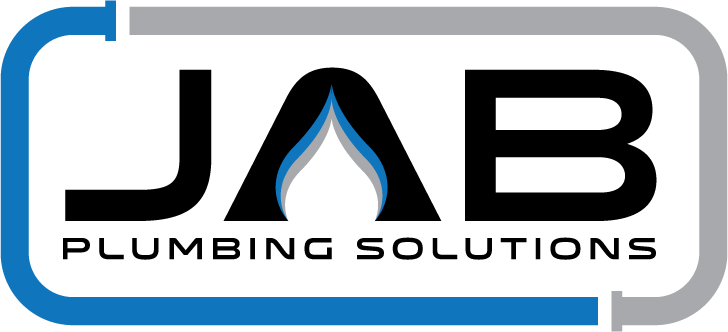When you renovate your home, build an extension or buy a brand new home, the construction process can have a lasting impact on the plumbing infrastructure. The process of new construction or renovation creates a significant amount of waste including sawdust, nails, glue, welding slag, tilers grout, oils, grease and other construction material. If this ends up in the drain pipes it can cause major issues for your drainage.
How does building debris end up inside drains?
There are many different tradesman present on a building site all generating different types of waste depending on the task they’re performing. For example, if you’re renovating a bathroom you may need to hire a plumber to remove and install plumbing fixtures, an electrician to install or move power points, a waterproofer to safeguard the wet areas, a tiler to tile the floors and walls, a cabinetmaker and a carpenter.
Once the old plumbing fixtures and tiles have been removed the plumber will lay (or move) the foundational pipework in floor and walls. The other tradesman then come in and do their job, such as re-tiling the floors or constructing new cabinetry. The plumber will then come back to do the final fit-off.
Tradesman are meant to dispose of their building waste in the bin, however, debris can accidentally end up down the drains. Sometimes it’s intentionally put down the drains if the tradesmen are either ignorant or being lazy because no one is watching. When building debris and cement particles settle in the pipes they can solidify and stick together. Tilers grout and cement are particularly problematic. Other debris can get snagged, further reducing the flow of wastewater through the pipes. This results in major clogged drains and expensive repairs.
In 2018, JAB Plumbing Solutions was hired to perform CCTV drain inspections and jet blasting an a brand new apartment block. We had to inspect every single drain in approximately one-hundred different units that were experiencing drainage issues. The developers had outsourced the build to the cheapest plumbers and tradesman they could find. The majority of the drains had some sort of building debris or cement in the pipes. The developers ended up spending thousands of dollars on rectification work, which could have been avoided by hiring quality tradesman to begin with.
How to remove building debris and cement from clogged drain pipes
The first step is to book a CCTV drain pipe inspection. A pipe inspection will reveal exactly what is causing the drainage issues as well as the size and location of the clog. If you are about to take possession of a new build, we highly recommend a CCTV drain inspection before doing so. Having video evidence that any drainage issues were caused by the tradesman could give you grounds for compensation or an insurance claim.
Once the CCTV drain inspection is complete and the cause of the clog has been ascertained, the next step is to get the drains pressure cleaned with a jet blaster machine. If the debris is mainly loose items such as sawdust and nails, a jet blaster can quickly flush the pipes clean.
Additional machinery or chemicals may be required to remove the blockage if the pipes are completely blocked with cement or tilers grout . A plumbing auger can help to break up the cement which can then be flushed out with the jet blasting machine. Alternatively, there are a number of biodegradable commercial products that can soften concrete and mortar. Once the solution has softened the clog the jet blaster can be sent down the drain to flush it out of the system.







